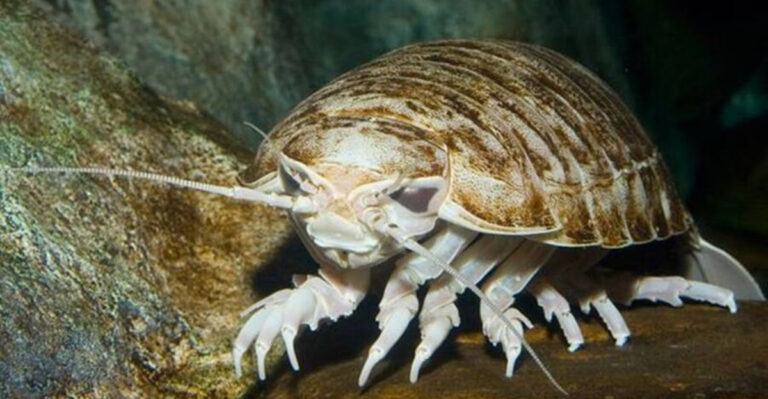12 Freshwater Fish Banned In Home Aquariums And 3 Safer Alternatives

Ever wondered why certain fish aren’t allowed in home aquariums? Some freshwater species are banned because they pose serious threats to local ecosystems or can be dangerous to keep.
When these fish escape or are released into the wild, they can wreak havoc on native wildlife. Fortunately, there are plenty of beautiful, safe alternatives for your home tank!
1. Piranha
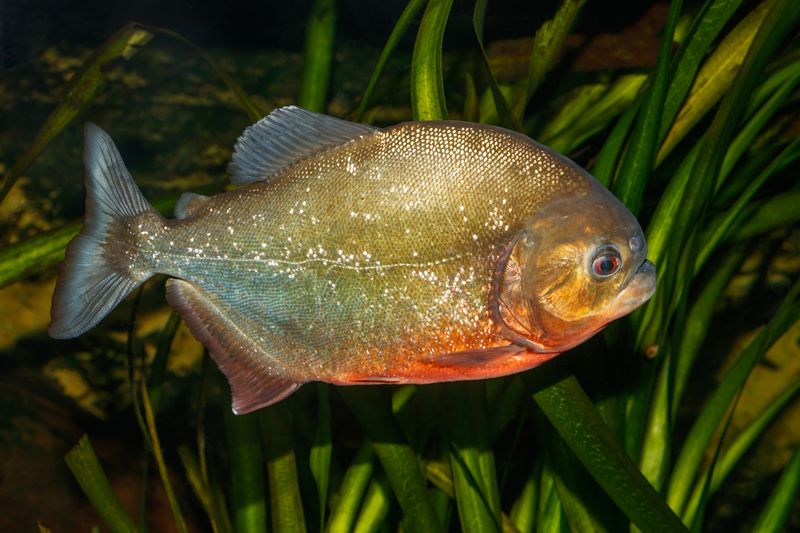
Native to South America’s river systems, piranhas have earned their fearsome reputation through powerful jaws and razor-sharp teeth. These red-bellied predators are prohibited in multiple states across the US.
While their feeding frenzy reputation is somewhat exaggerated, their potential to establish breeding populations if released makes them an ecological nightmare.
2. Asian Carp

Introduced to American waters in the 1970s, Asian carp have become an ecological disaster. Growing up to 100 pounds, these filter-feeding giants consume massive amounts of plankton, starving native species.
Famous for leaping from water when startled, they’ve injured boaters and can quickly dominate any waterway they inhabit.
3. Red-Bellied Pacu
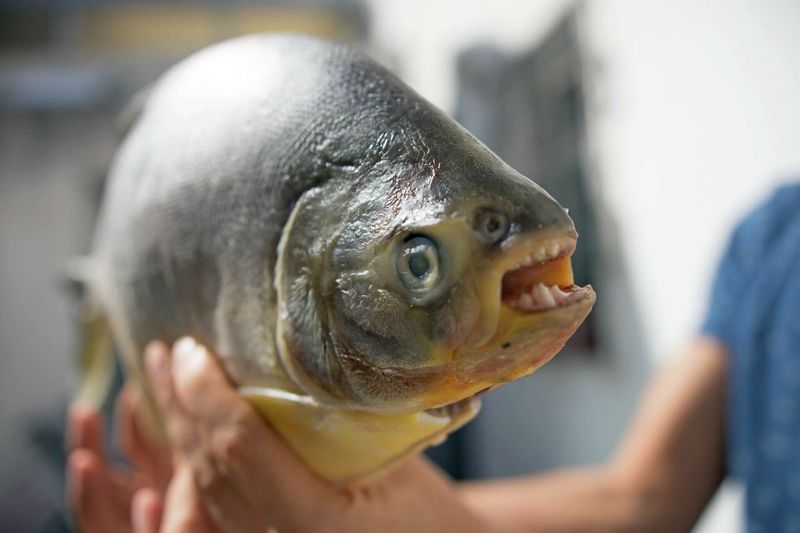
Often mistaken for piranhas, these South American natives sport eerily human-like teeth designed for crushing nuts and seeds. Growing up to 3.5 feet long, they quickly outgrow home aquariums.
Their frightening dental structure and enormous size potential have earned them bans in numerous regions, especially after released specimens began appearing in local waterways.
4. African Catfish
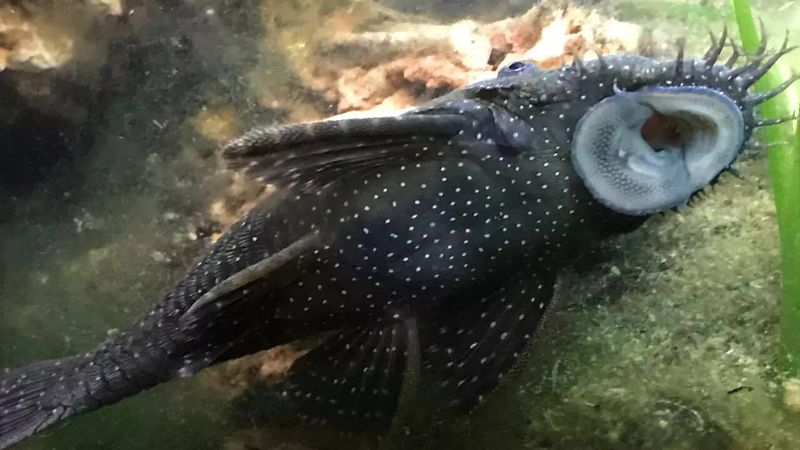
Sporting whisker-like barbels and reaching lengths of four feet, African catfish devour practically anything that fits in their mouths. Their remarkable ability to survive in oxygen-poor water makes them exceptionally hardy.
Even more alarming, they can travel short distances over land between water bodies, making containment nearly impossible once introduced to new environments.
5. Oscillated Tiger Fish
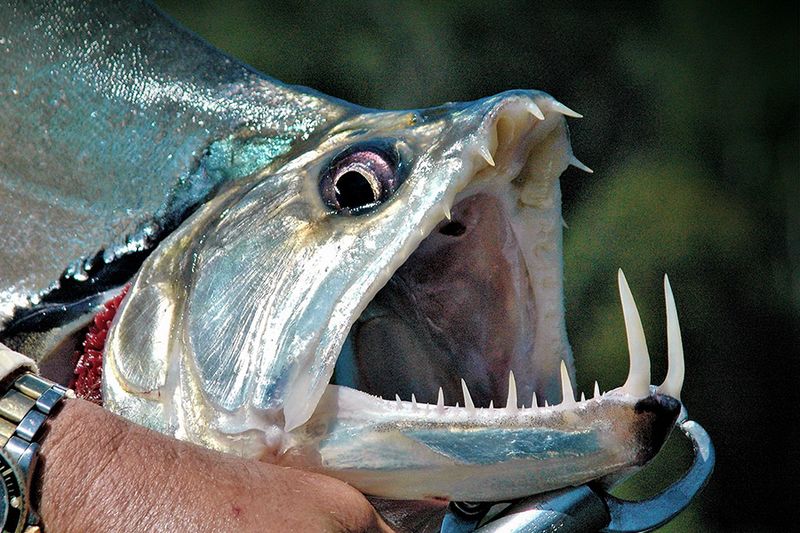
Hailing from African river systems, these striking predators boast impressive dog-like teeth that protrude visibly from their jaws. Their powerful bodies can exceed 4 feet in length and weigh over 100 pounds in the wild.
Banned primarily due to their aggressive hunting instincts and massive tank requirements, they’re simply impractical for home aquarists.
6. Snakehead Fish

Possessing the remarkable ability to breathe air and wriggle across land, snakeheads are every ecologist’s nightmare. Their snake-like appearance and predatory nature have earned them the nickname “frankenfish.”
Once established in a waterway, these Asian natives are nearly impossible to eradicate, decimating local fish populations with their voracious appetites.
7. Jellyfish
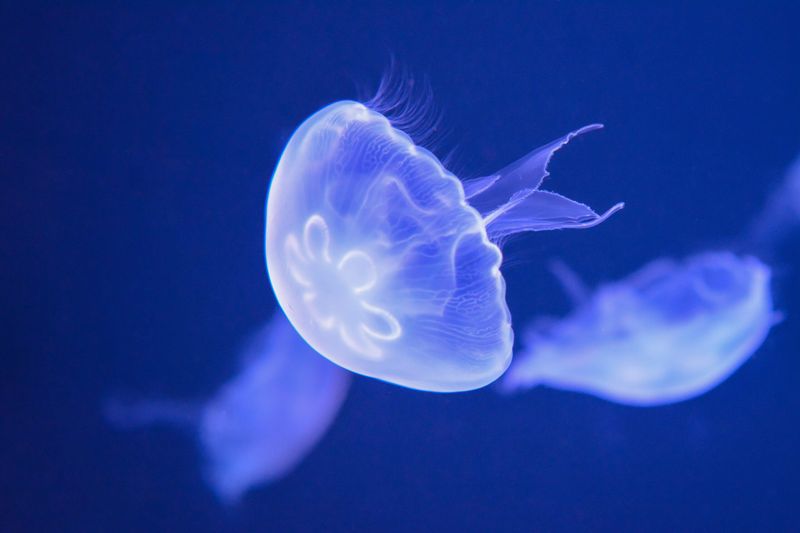
Mesmerizing in their transparent beauty, freshwater jellyfish require specialized cylindrical tanks without corners where they could become damaged. Their delicate bodies need perfectly controlled water currents to prevent injury.
Most jurisdictions ban them because they’re nearly impossible to maintain properly in home settings and can introduce dangerous toxins to water systems if released.
8. Arowana

Revered in Asian cultures as symbols of good fortune, these prehistoric-looking fish command prices upward of $300,000 for rare specimens. Their metallic scales and serpentine movements have earned them the nickname “dragon fish.”
Capable of jumping several feet out of water, they require specialized covered tanks and enormous space, making them impractical for average hobbyists.
9. Certain Cichlids
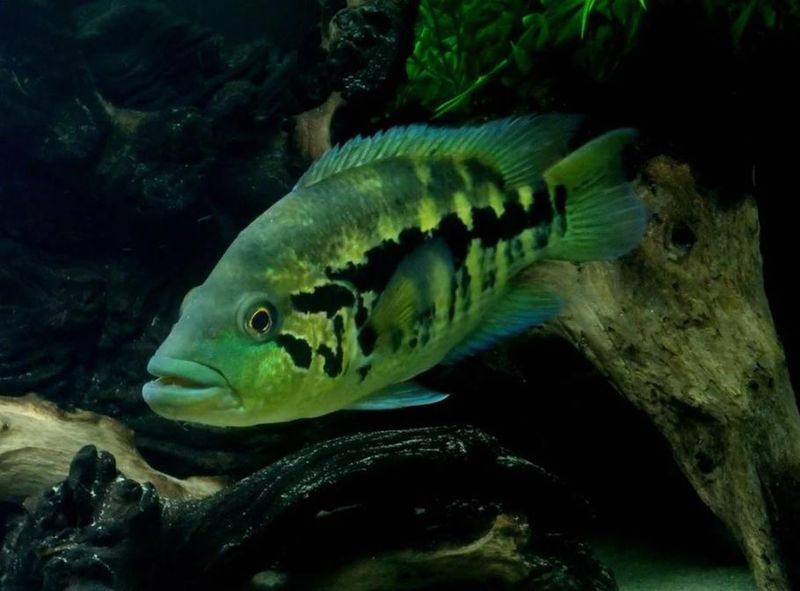
Wolf cichlids from Central America exemplify why certain cichlid varieties face bans. Growing over 15 inches long, they become extraordinarily aggressive during breeding seasons, attacking anything near their territory.
Their powerful jaws can inflict serious damage to tank mates and even human handlers. Released specimens have established breeding populations in Florida’s waterways.
10. Giant Freshwater Prawn
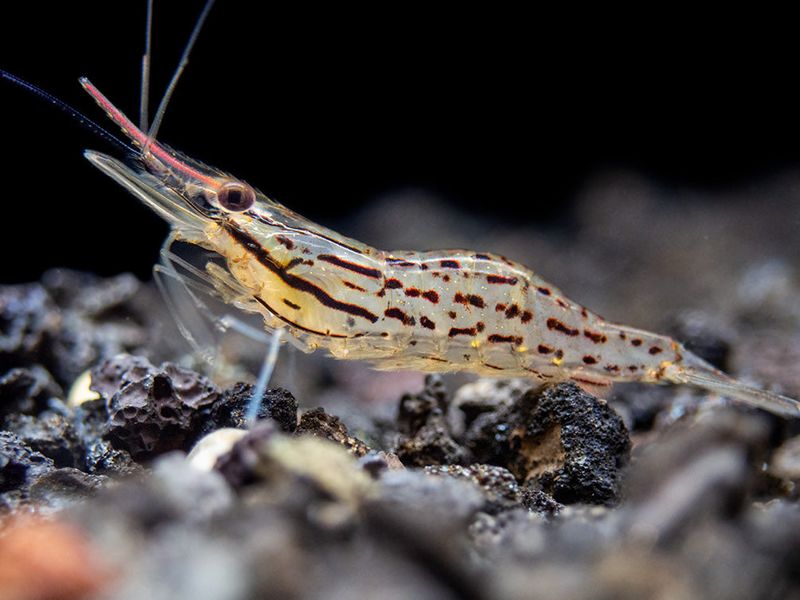
Masters of escape, these crustaceans can climb tank walls and squeeze through tiny openings with astonishing determination. Growing up to 12 inches long, they’re significantly larger than typical aquarium shrimp.
Their powerful claws can snap fishing lines and injure handlers. When released into non-native waters, they outcompete local species for resources.
11. Freshwater Stingrays

Flat-bodied and deceptively peaceful-looking, freshwater stingrays conceal venomous barbs capable of causing excruciating pain. Their massive space requirements—often exceeding 1,000 gallons for a single specimen—make them unsuitable for home aquariums.
Many species require specialized water chemistry and can live 25+ years, creating long-term commitment challenges.
12. Walking Catfish
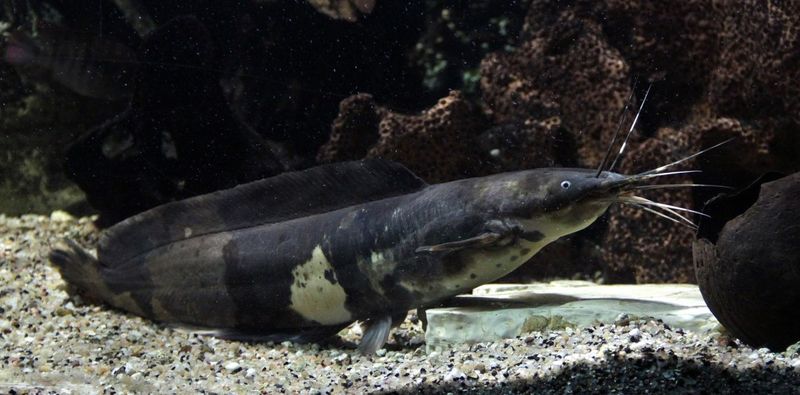
Equipped with specialized pectoral fins that function like primitive limbs, walking catfish can travel across land for days when conditions are humid. First introduced to Florida in the 1960s, they’ve spread throughout the southeastern United States.
Their remarkable survival adaptations include breathing atmospheric oxygen and burrowing into mud during droughts.
13. Neon Tetra
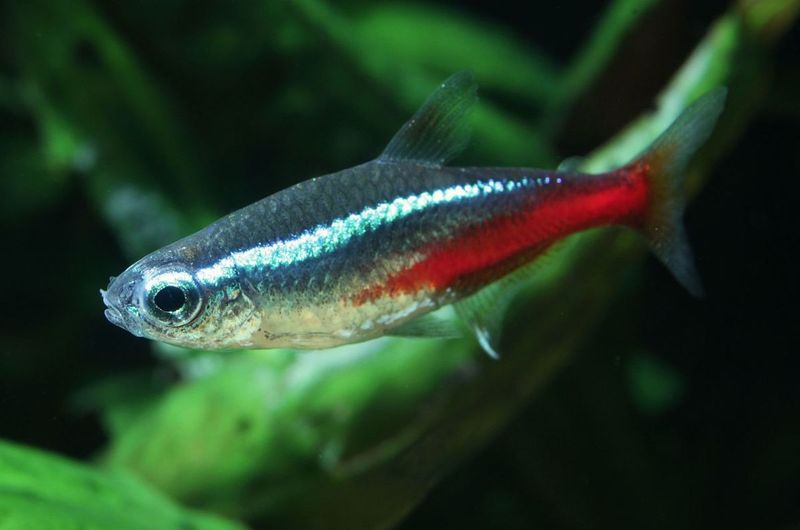
Originating from blackwater streams in South America, these finger-sized fish display brilliant blue-red coloration that seems to glow under aquarium lights. They thrive in groups of six or more, creating mesmerizing synchronized swimming patterns.
Perfect for beginners, they’re peaceful community fish that get along with nearly all non-predatory species and require minimal specialized care.
14. Corydoras Catfish
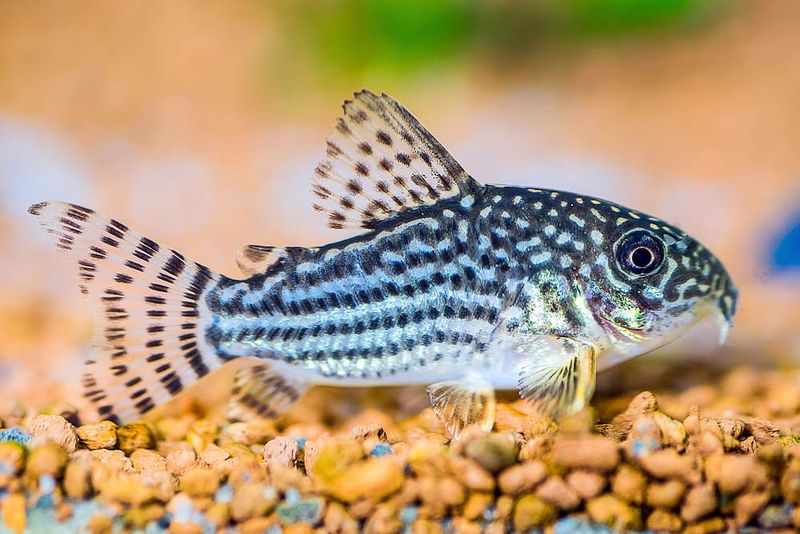
Armored with bony plates instead of scales, these South American catfish act as nature’s cleanup crew. They constantly sift through substrate with sensitive barbels, consuming leftover food particles that would otherwise decompose and pollute the water.
Social by nature, they display charming behaviors like synchronized feeding and playful interactions when kept in small groups.
15. Guppy
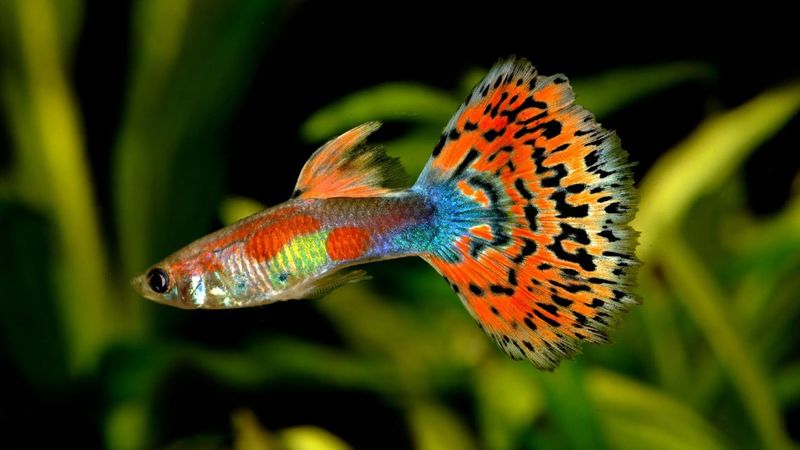
Males sport flamboyant tail fins resembling miniature peacock displays, while females remain more subdued in coloration. These livebearers produce fully-formed fry rather than eggs, making breeding accessible even to novice aquarists.
Remarkably adaptable to various water conditions, they thrive in community tanks and display fascinating social behaviors despite their small size.






